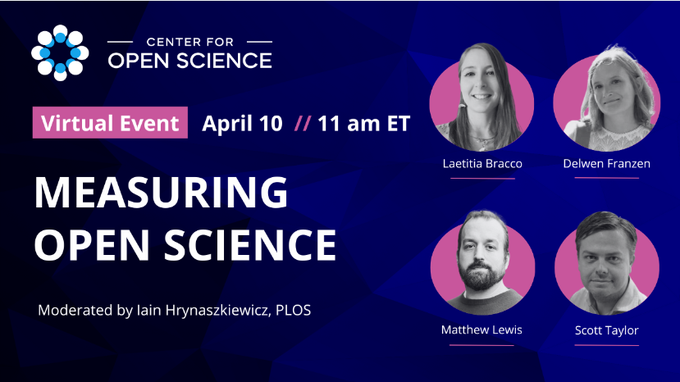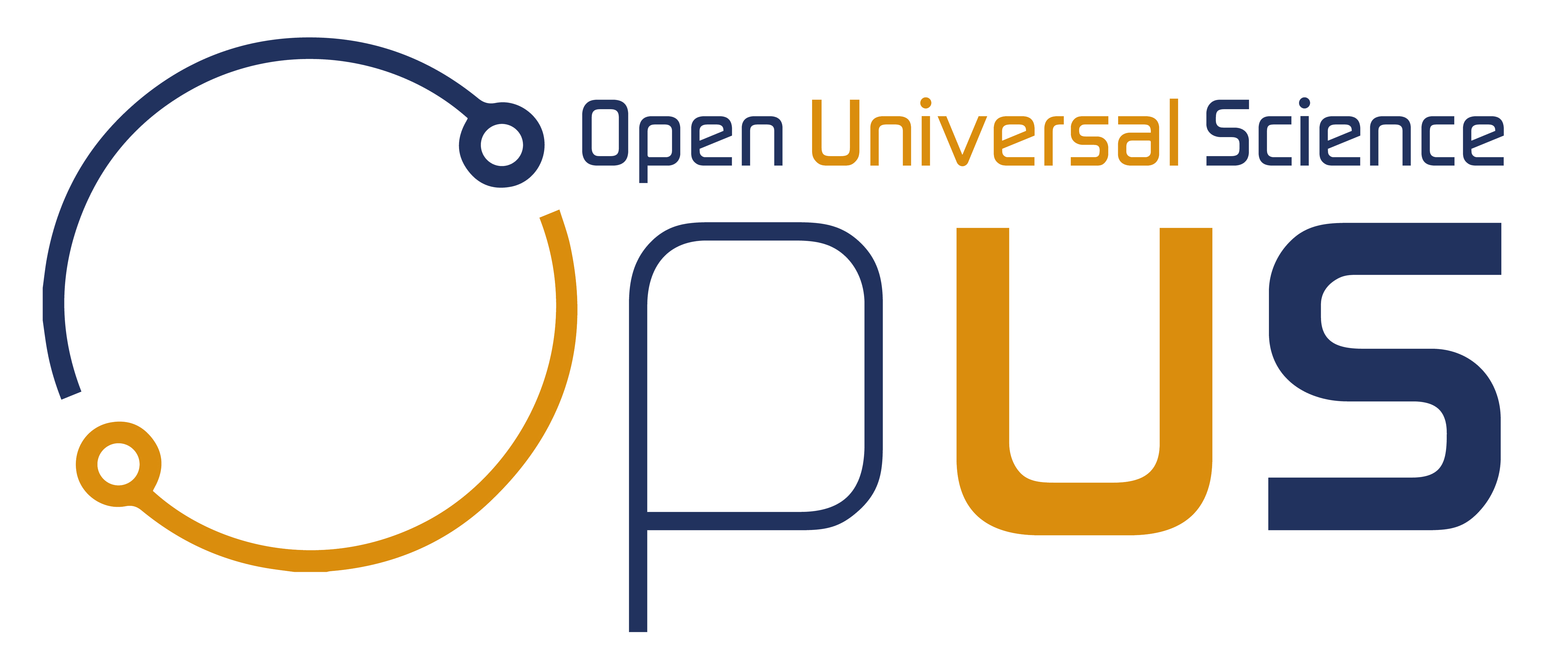
Measuring Open Science
Measuring Open Science https://opusproject.eu/wp-content/uploads/2024/04/GKHKU6yWIAAm6eK-1.png 680 382 Open and Universal Science (OPUS) Project Open and Universal Science (OPUS) Project https://opusproject.eu/wp-content/uploads/2024/04/GKHKU6yWIAAm6eK-1.pngIn the pursuit of advancing scientific knowledge and fostering collaboration, the principles of open science have gained considerable momentum in recent years. However, to truly harness the benefits of open science, it is imperative to gauge the extent of its adoption and effectiveness across various research communities. The upcoming virtual symposium, titled “Measuring Open Science,” scheduled for April 10, 2024, at 05:00 PM, aims to address precisely this need.
Open science encompasses a range of practices, including but not limited to sharing research data, protocols, and code, as well as preprint posting and open access publishing. While numerous initiatives advocating for open science have emerged from stakeholders across the research landscape – including funders, researchers, institutions, and publishers – the extent of adoption and its variations across disciplines and geographical regions remain uncertain.
The symposium will highlight various initiatives and tools designed to measure and track progress towards open science adoption. Notable examples include the International Reproducibility Networks, which promote open research practices led by researchers themselves, and Aligning Science Across Parkinson’s, which has implemented stringent open science requirements. Additionally, eLife’s transition towards a preprint-first publishing model underscores the evolving nature of scholarly communication.
Recognizing the need for comprehensive and reliable evidence, efforts have been made to develop metrics and tools for measuring open science practices. The Charite Metrics Dashboard by BIH QUEST, along with tools like DataSeer and SciScore, offer valuable insights into the adoption of open science practices. Publishers such as PLOS have also introduced Open Science Indicators (OSI) to track these practices over time in scholarly literature.
One of the key challenges in measuring open science lies in defining and operationalizing various practices across different fields. This symposium seeks to facilitate discussions among researchers, funders, institutions, and publishers to explore commonalities and differences in approaches. By fostering collaboration and sharing insights, the event aims to propel the adoption of open science practices forward.
The symposium, organized by the Open Science Framework (@OSFramework), promises to offer valuable insights into the current state of open science adoption. Participants can expect discussions on innovative initiatives and metrics shaping the landscape of open science practices. With sessions scheduled to commence at April 10, 2024, 05:00 PM, this event presents a unique opportunity to engage with stakeholders committed to advancing open science.
In conclusion, as the scientific community continues to embrace the principles of open science, it becomes increasingly important to measure its impact and progress. The symposium on “Measuring Open Science” serves as a platform for dialogue and collaboration, paving the way for a more transparent and collaborative research ecosystem.
- Posted In:
- Open Science News




